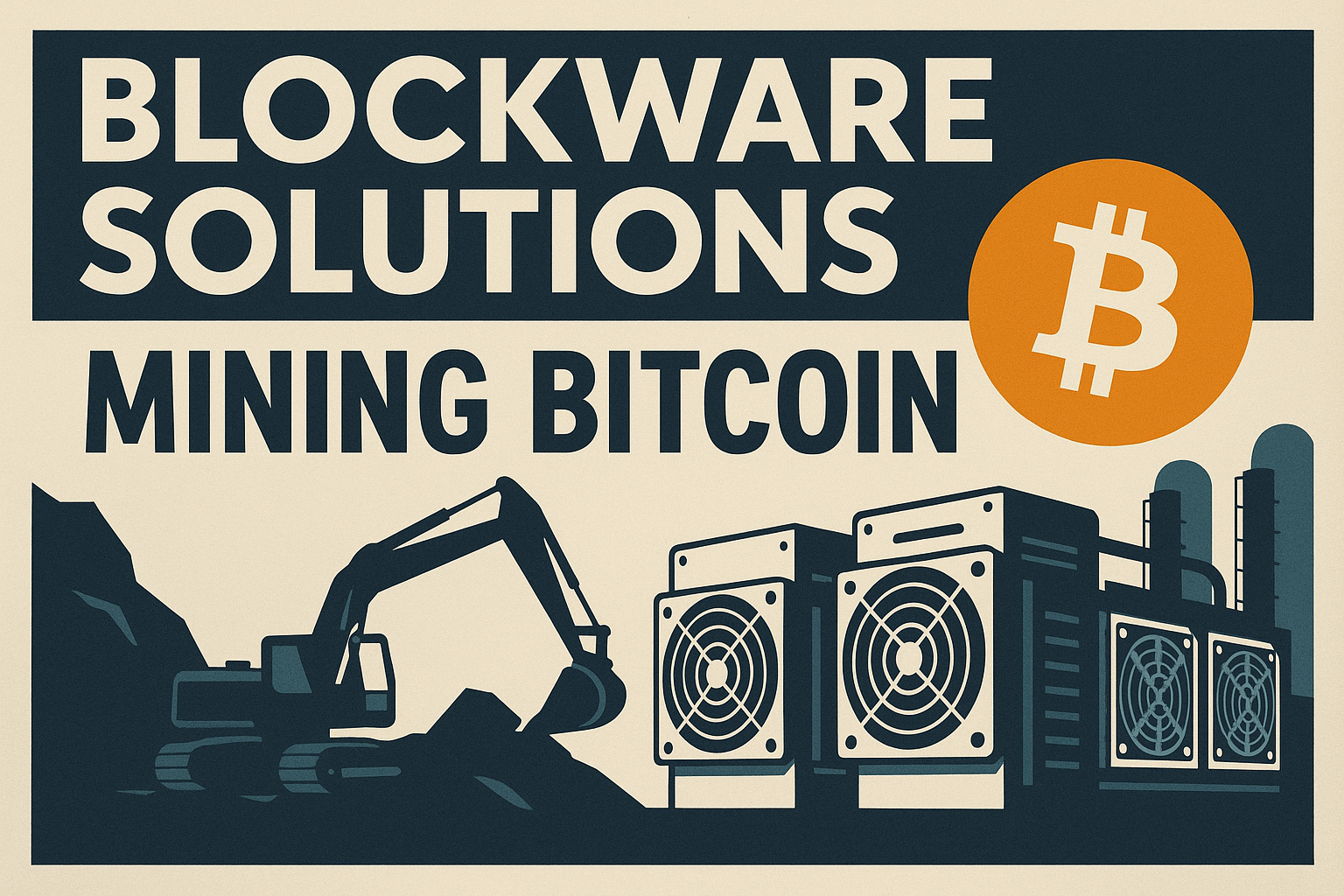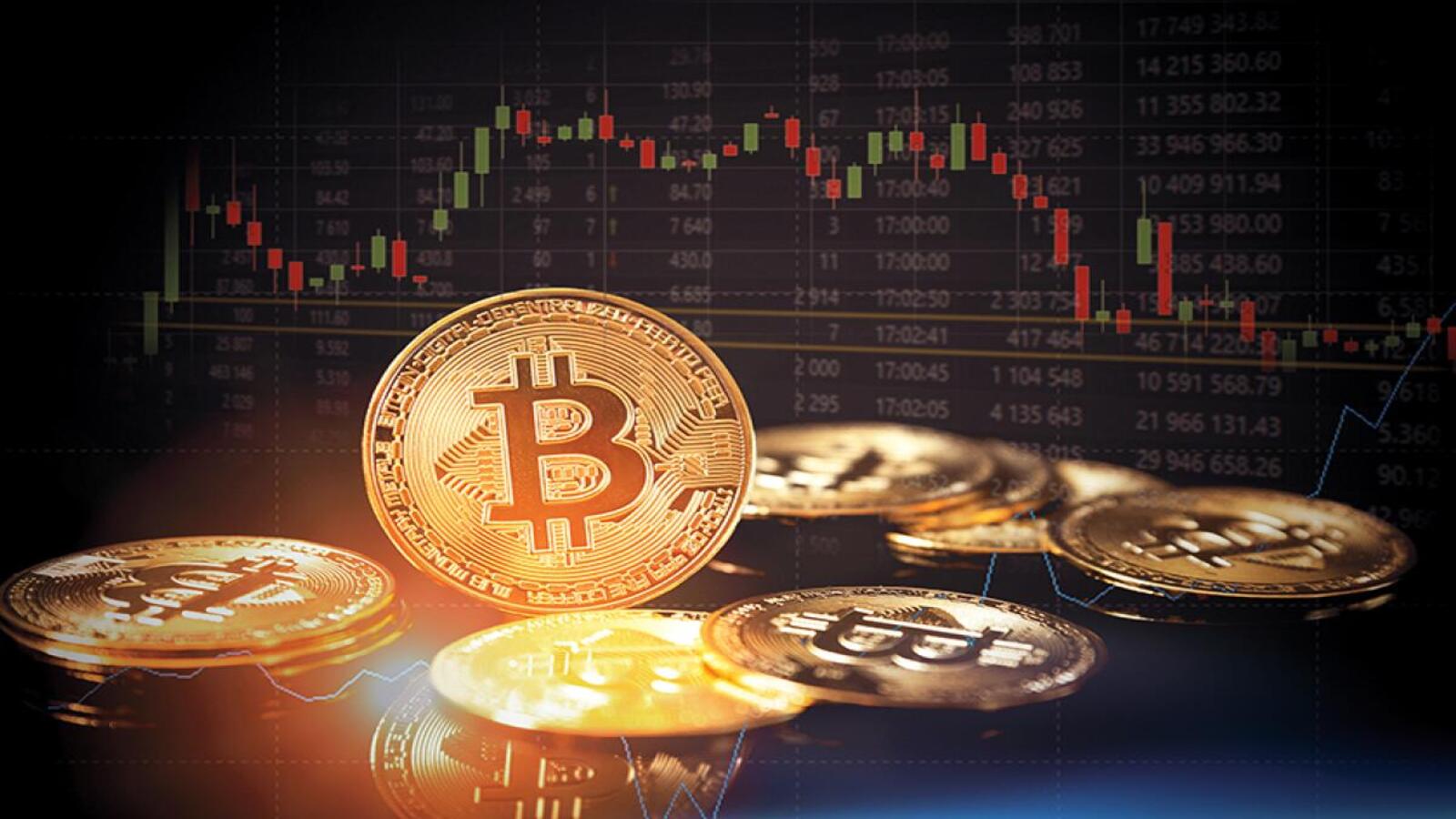ETH News
Latest News
US SEC Delays Decision on Polkadot and Hedera Spot ETFs
ECB Warns of Financial Contagion from U.S. Crypto Expansion
Learn
Geo-tagged NFT
Geo-tagged NFTs are blockchain-based digital assets tied to specific geographic locations, enabling unique location-based ownership and experiences.
Settlement Layer in Blockchain
The settlement layer in blockchain ensures secure transaction validation, finality, and record-keeping, serving as the foundational ledger for operations.
Bitcoin and Crypto Paper Wallet
A Bitcoin or crypto paper wallet is a printed document containing private keys and addresses, enabling secure offline asset storage.
Volatility in Cryptocurrency
Cryptocurrency volatility refers to rapid price fluctuations driven by market speculation, low liquidity, regulatory news, and evolving investor sentiment.
ETH News
Ethereum (ETH) Feed

Ethereum’s ‘Trustware’ era could push ETH to $15.8K — Consensys
As Ethereum marks a decade, Consensys touts its security architecture and “trustware” thesis as key to its long-term role in global finance.
Published: 6 hours ago

Ethereum open interest hits all-time high as trader predicts $30K price top
ETH continues to show strength after breaking $3,000 and Ethereum bulls have highs hopes of five-digit prices between $15,000 and $30,000 as the top for this cycle.
Published: 7 hours ago

Ether's ‘crucial’ breakout hints at 30% rally versus Bitcoin next
Ethereum's native token still trails behind Bitcoin in returns this year, suggesting more room for upside as technical momentum builds.
Published: 9 hours ago

Vitalik Buterin proposes minimalism as key to layer-2 blockchain success
Ethereum co-founder Vitalik Buterin responds to Jason Chaskin’s call for layer-1 blockchains to become Ethereum layer-2s, suggesting an approach to L2 design.
Published: 12 hours ago

Crosschain swaps move $21B in illicit funds, up 200% in two years — Elliptic
Crypto criminals are using crosschain tools such as bridges, DEXs and coin swappers to obscure $21.8B in illicit flows across multiple blockchains.
Published: 13 hours ago

BitMine surges after-hours as Peter Thiel discloses 9% stake
Billionaire Peter Thiel has bought a 9.1% stake in the crypto mining service company BitMine, which sent the company’s stock soaring in after-hour trading.
Published: 15 hours ago

‘99% chance’ Bitcoin dominance has peaked if Ethereum surge continues
The odds are low that Bitcoin dominance will continue pushing higher if Ether holds its current bullish uptrend, says crypto analyst Matthew Hyland
Published: 15 hours ago

Ether holding $3K opens door to 1,100% ‘vertical phase’ rally: Analyst
Ether reclaims $3,000 and breaks key technical levels, setting the stage for a potential 1,110% rally.
Published: 1 day ago

ETH news update: Bulls target $3.4K, citing ETF flows and treasury buying as the fuel
Traders pin their ETH price target at $3,400 as Ether treasury purchases and ETF inflows propel Ether price.
Published: 1 day ago

BBVA expands crypto access in Spain: Here’s what changed
Spain’s BBVA opens retail access to Bitcoin and Ether through its mobile app, offering bank-grade custody and MiCA-backed compliance without the complexity of crypto exchanges.
Published: 1 day ago
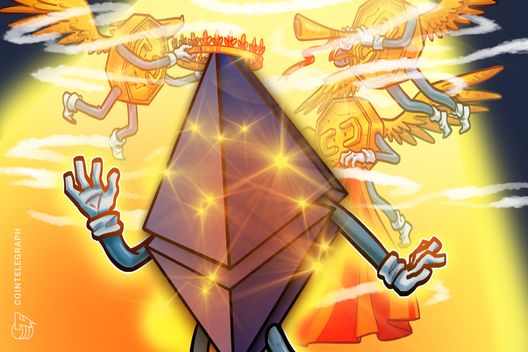
Ethereum becomes preferred treasury asset for tech-savvy firms: Ray Youssef
The NoOnes CEO told Cointelegraph that corporations are increasingly adding Ethereum to their treasuries, drawn by its utility, staking yield and dominance in tokenized assets protocols.
Published: 1 day ago

Core introduces first revenue-sharing model for stablecoin issuers, devs
The new solution aims to create a sustainable revenue stream for builders, which may enable them to move away from fundraising via cryptocurrency launches.
Published: 1 day ago

Why crypto millionaires are moving to the UAE (these 5 reasons explain everything)
The UAE is attracting a global wave of crypto millionaires with zero-tax profits, regulatory clarity and elite residency perks.
Published: 1 day ago

Ethereum DeFi connects to TON and Telegram with Tac mainnet launch
Telegram is opening up to Ethereum DeFi with the mainnet launch of Tac, a layer-1 network designed to connect EVM DApps to TON and Telegram ecosystems.
Published: 1 day ago

Standard Chartered launches Bitcoin and Ether trading for institutions
After rolling out Bitcoin and Ether spot trading, Standard Chartered plans to soon introduce crypto derivatives for institutional investors.
Published: 2 days ago
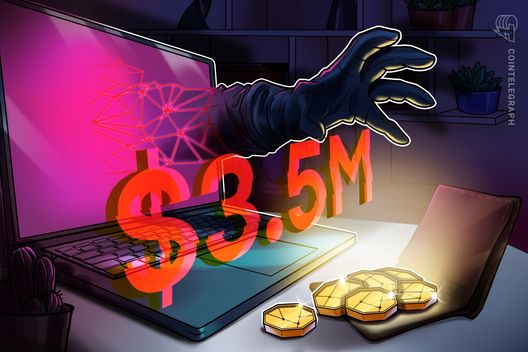
Arcadia Finance exploited, $3.5M stolen and converted to WETH
Arcadia Finance’s Rebalancer contract was exploited for $3.5 million in USDC and USDS on the Base blockchain, with stolen assets swapped to WETH.
Published: 2 days ago
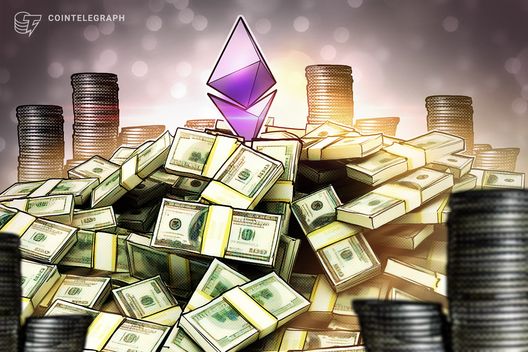
Ethereum investors pile into ETH amid massive weekly surge
Ethereum treasury companies accumulated more than 545,000 ETH over the past month, while institutional funds saw the fourth-highest weekly inflow on record.
Published: 2 days ago
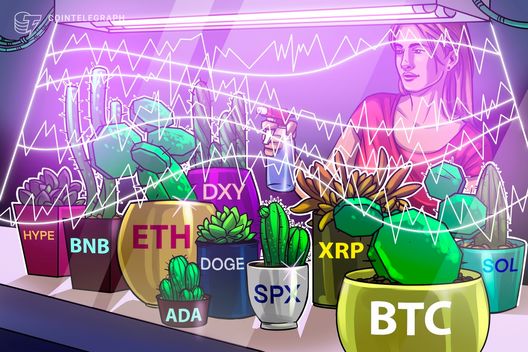
Price predictions 7/14: SPX, DXY, BTC, ETH, XRP, BNB, SOL, DOGE, ADA, HYPE
Bitcoin holds above $120,000 as corporate crypto treasury building and robust spot BTC ETF buying continue to support the new price range.
Published: 2 days ago

Crypto market cap hits $3.8T all-time high, may soon surpass UK’s GDP
If the crypto market were a country, it would be the seventh-biggest in GDP terms behind the United States, China, Germany, Japan, India and the United Kingdom.
Published: 2 days ago

SharpLink Gaming buys $49M of ETH as price rebounds past $3K
Now the largest known corporate Ether treasury, SharpLink Gaming acquired nearly $49 million worth of ETH.
Published: 2 days ago

What you need to know about Roman Storm’s Tornado Cash trial
Tornado Cash co-founder Roman Storm’s trial could set a precedent for how much responsibility developers bear for decentralized tools used illegally.
Published: 2 days ago

Crypto funds post $3.7B inflows as Bitcoin soars to new highs
Crypto ETPs experienced another week of strong inflows, with investors pouring in $3.7 billion and total assets reaching a new all-time high of $211 billion.
Published: 2 days ago

‘100-bagger’ — Ethereum could hit $1.5M over time: EMJ Capital
EMJ Capital founder Eric Jackson says approved Ether staking ETFs could kick off a rally that could see it rise by more than 100-fold and eventually hit $1.5 million per token.
Published: 3 days ago

Schiff says sell Bitcoin for silver as $258K target looms: Hodler’s Digest, July 6 – 12
Bitcoin critic Peter Schiff calls Bitcoin a selling opportunity as it hits new highs, high-leverage trader James Wynn deactivates his X account, and other news.
Published: 4 days ago

Altcoins are rocketing, Bitcoin dominance hasn’t ‘even sneezed’: Analyst
Crypto analyst Matthew Hyland suggests altcoins will be “ripping” much more when Bitcoin Dominance drops to 45%.
Published: 5 days ago

Bitcoin $120K expectations add fuel to ETH, HYPE, UNI and SEI
ETH, HYPE, UNI and SEI rallied toward new highs as Bitcoin pushed above $118,000.
Published: 5 days ago

SharpLink buys 10,000 ETH from Ethereum Foundation as Ether reclaims $3K
The Ethereum Foundation sold 10,000 ETH to SharpLink Gaming at a steep discount just before Ether briefly surpassed $3,000.
Published: 5 days ago
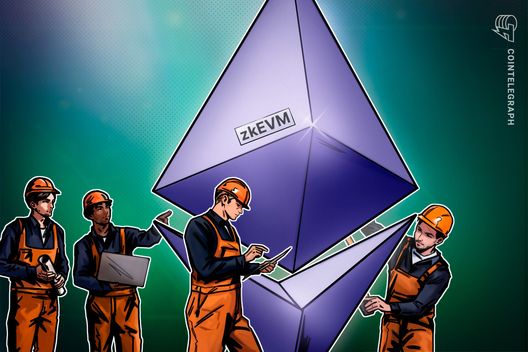
Ethereum Foundation roadmap targets zkEVM in mainnet within a year
The Ethereum Foundation is preparing to bring zero-knowledge technology to Ethereum, with plans to launch a zkEVM on the layer-1 network within a year.
Published: 5 days ago

Bitcoin, Ether ETFs clock second-biggest day of inflows on record
BlackRock’s Bitcoin and Ether funds were the biggest beneficiaries of Thursday’s net inflows.
Published: 6 days ago

ETH maxis scream for $3K, but data shows pro Ether traders cautiously positioned
Ether price rallied to $3,000, but the key components needed to hold the level are still missing.
Published: 6 days ago


